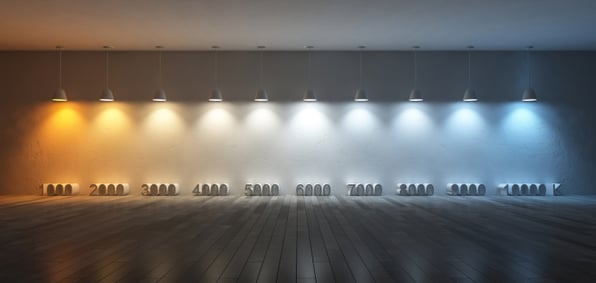T-Word Explains: What is circadian lighting - and is it the future?

The study of circadian lighting has heightened in recent years.
The question over whether it will mark the next great trend in the industry is tricky. The concept refers to the strategically designed systems that, in theory, have the power to positively affect people’s health, alertness, productivity, and more.
Melatonin
The circadian rhythm is supposedly controlled by the release of melatonin, the hormone in our brains that has been associated with control of the sleep–wake cycle. A better cycle contributes to the improvement of our overall health.
This hormone is not released when we expose ourselves to light with shorter wavelengths. These are found most commonly with computer screens.
After extended periods of no blue light, melatonin releases and allows us to fall asleep quickly and wake up feeling better.

Controlling the cycle
Circadian lighting can refer to three distinct methods of enhancing our living. This includes adjusting brightness, colour temperature and reducing our exposure.
Throughout the day, we often find ourselves in environments with brighter lighting. This lighting has shorter wavelengths and allows us to be more awake and focused. Lighting with a longer wavelength has less energy, and as such will be absorbed less by our eyes. By exposing ourselves to dimmer, more warm lighting in the evening, that energy isn’t absorbed as much.

The future
Modern lighting design has the potential to work within all of this. Using considered design to support a natural exposure, circadian lighting could certainly be part of a greater future. This future means better wellbeing and more productivity.
Want to learn more about lighting that can help circadian rhythms? We are happy to help - contact us here.


